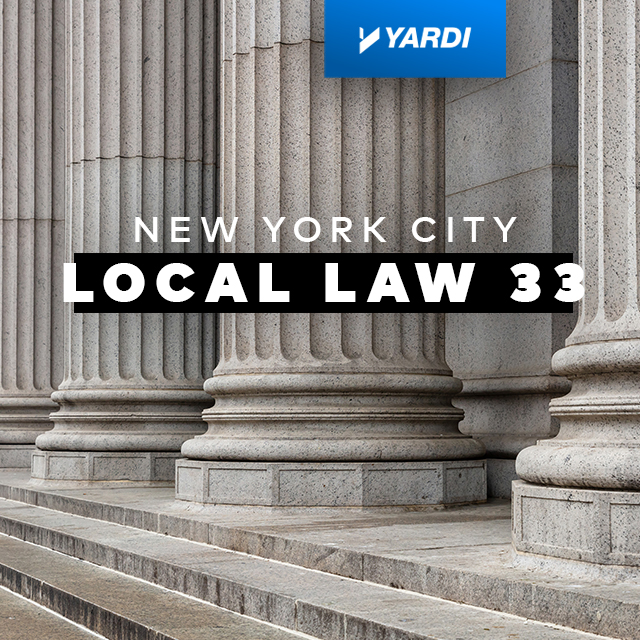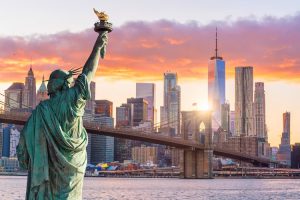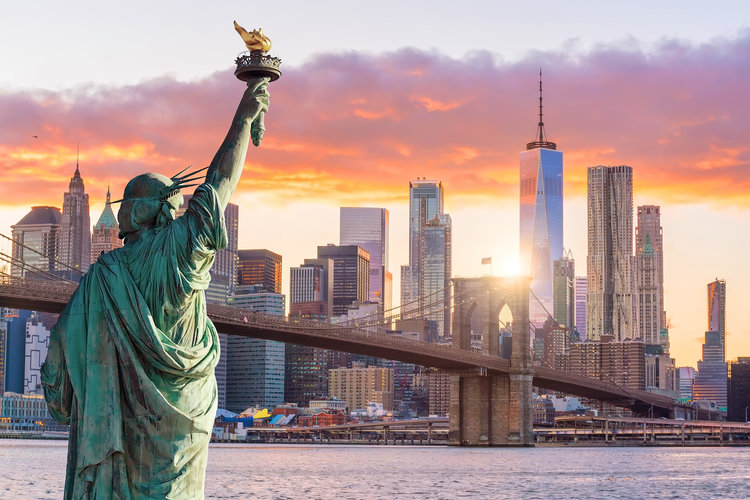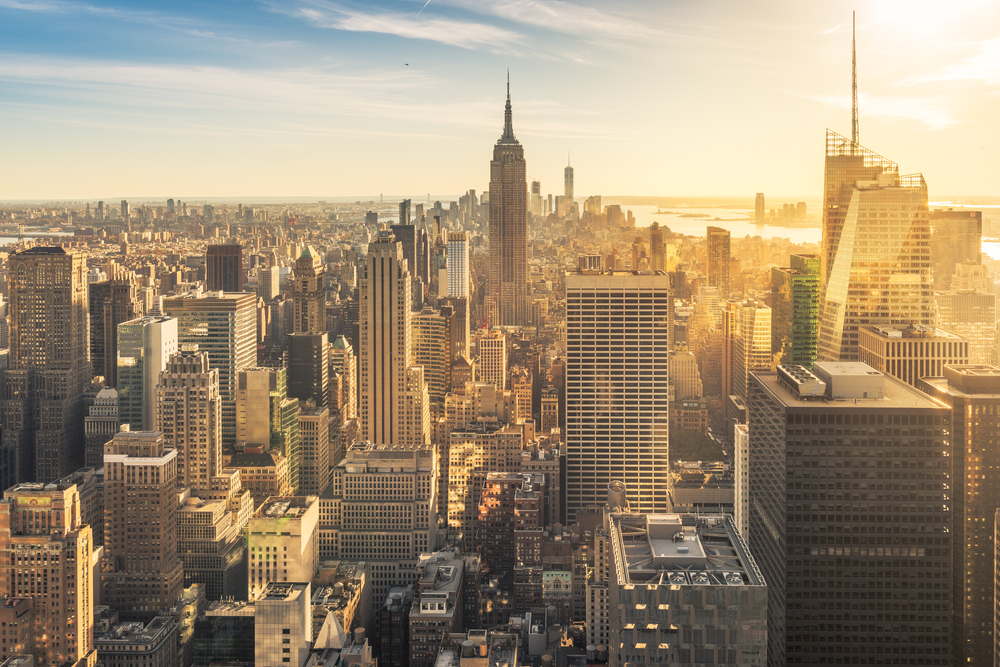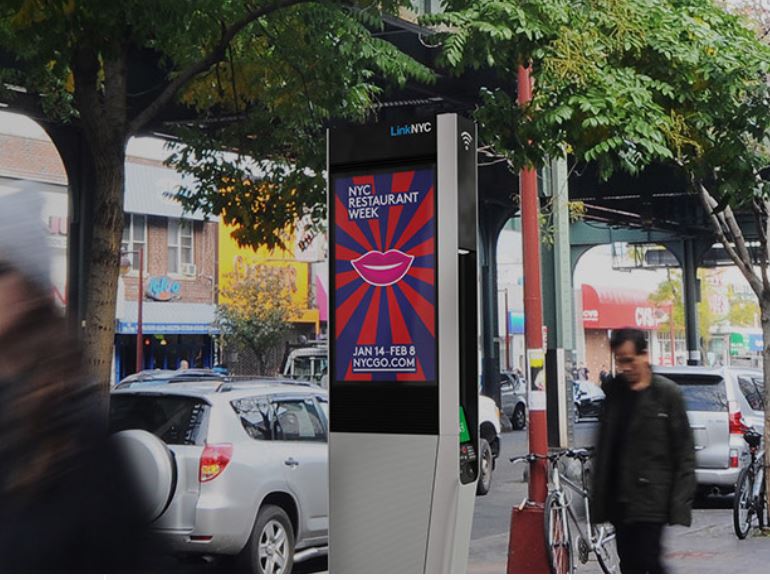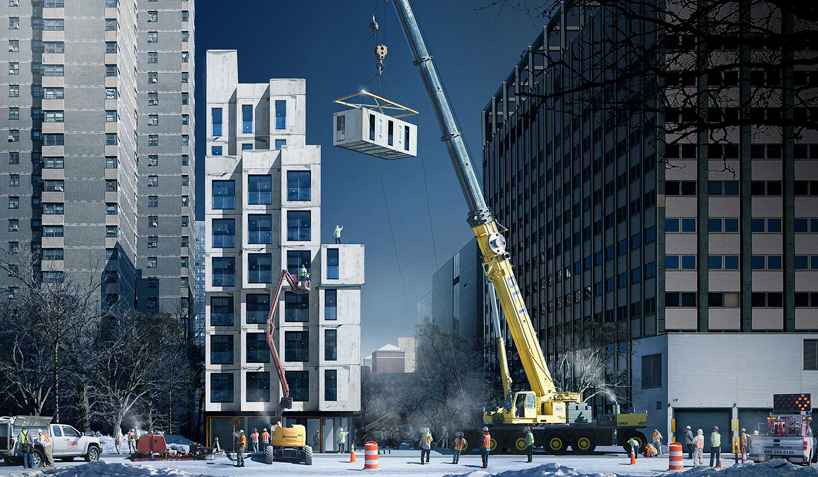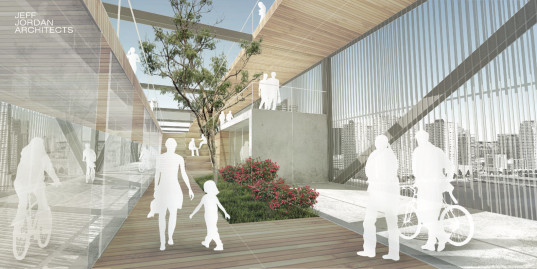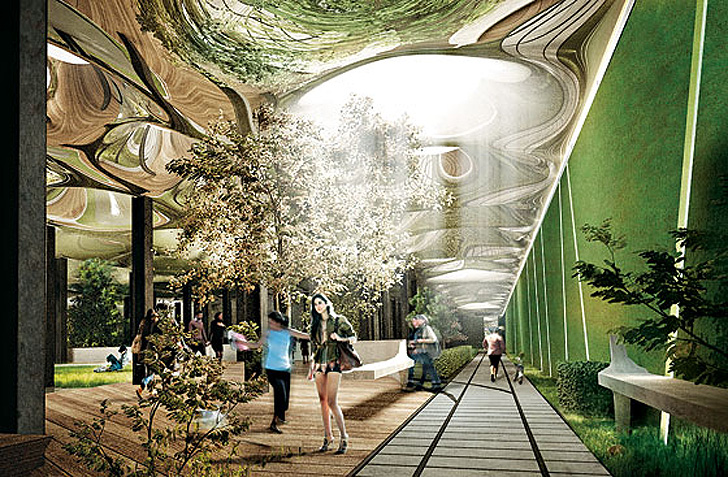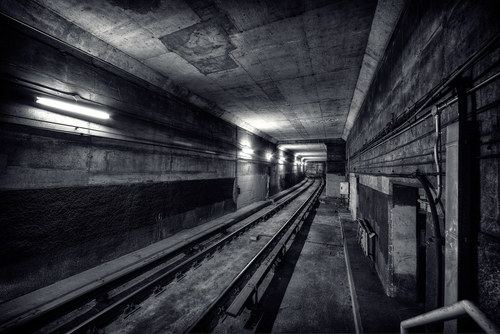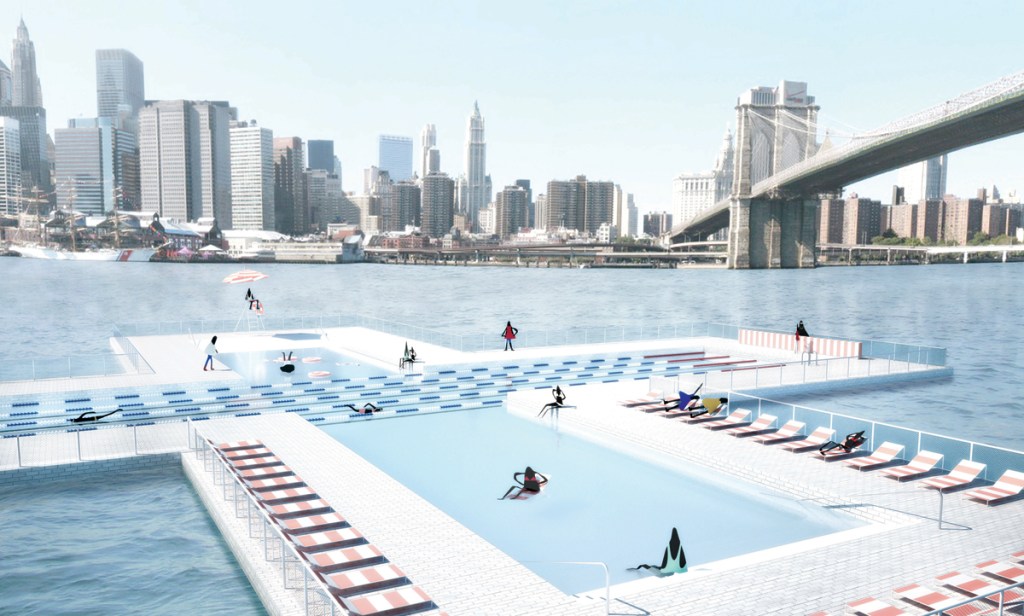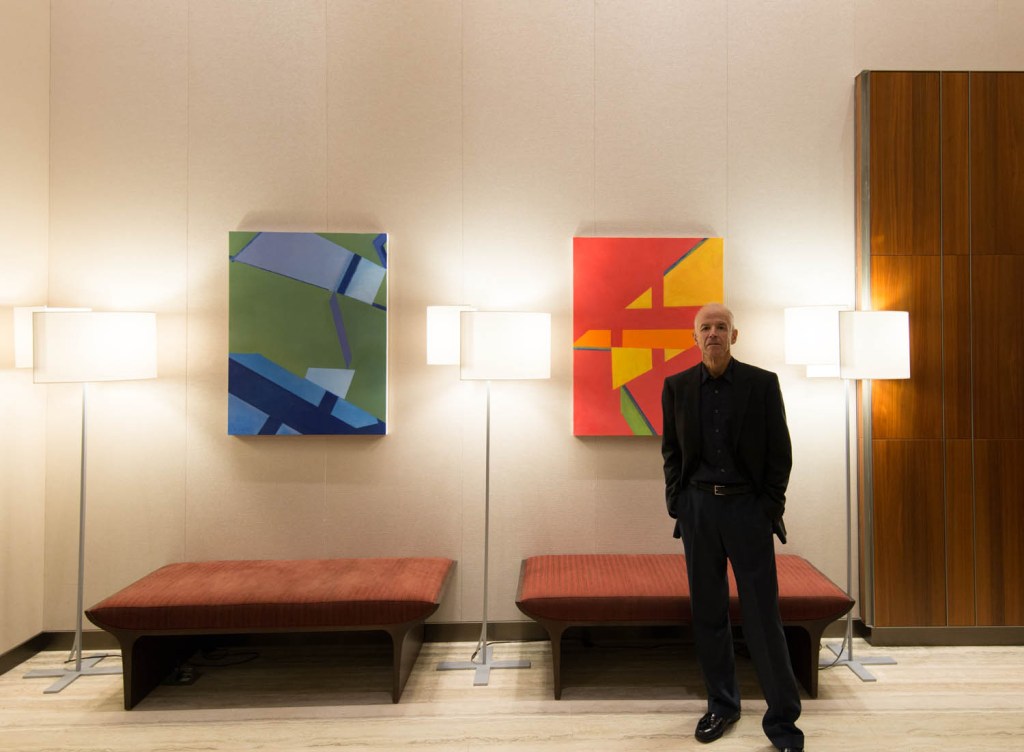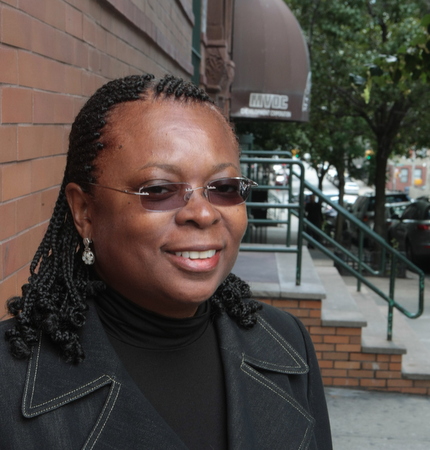NYC Local Law 33
Energy Score Deadline Approaching
In December 2017, the New York City Council passed Local Law 33. The administrative code and a subsequent amendment require owners of buildings over 25,000 square feet to post the building’s energy usage and efficiency scores on the premises. The Oct. 31 deadline for building owners to post their Energy Efficiency Rating Label for 2022 […]
